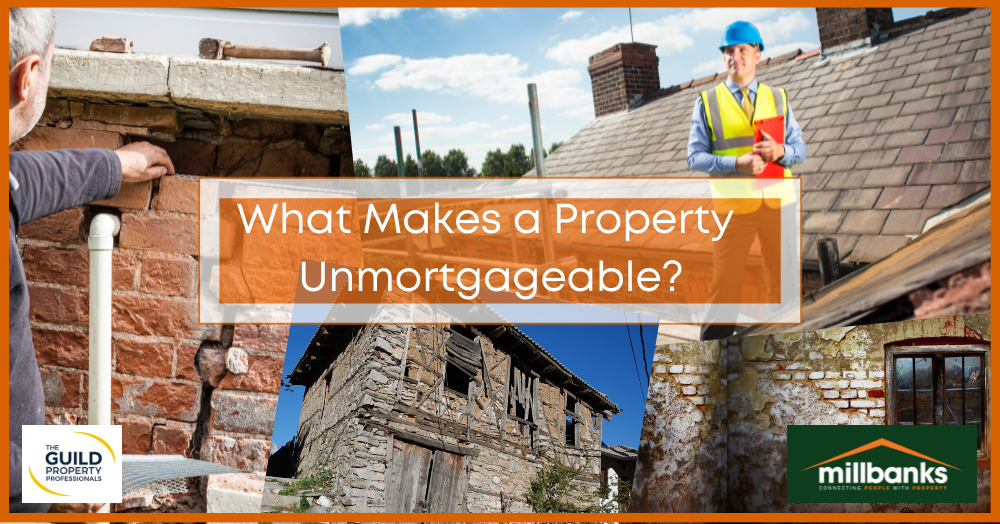

Get in touch with us
This superbly presented 4-bed detached family home in Attleborough offers modern, comfortable living. Including dual-aspect lounge with ornamental fireplace, versatile dining/study, spacious kitchen/breakfast room with twin doors to the garden, dual-aspect master with en suite, family bathroom, garage, driveway, and enclosed rear garden.
This data shows a clear north–south split in UK housing supply. Homes for sale are rising across London and the South, while much of the North is seeing stock fall. The contrast raises questions about affordability, confidence, and whether higher supply in the South could limit house price growth into 2026.
A new £2m-plus home surcharge is billed as progressive, but its impact falls mainly on London and the South East, where many owners now face an annual bill from 2028. Critics warn it punishes long-term residents, cools the prime market and deepens regional divides, even as households weigh downsizing. Many fear a new cliff edge at £2m too.
As 2025 draws to a close, this report examines how the UK and Attleborough property markets have performed and what may lie ahead in 2026. By comparing listings, sales, and prices with previous years, it reveals a market driven more by activity and confidence than by rising house prices.